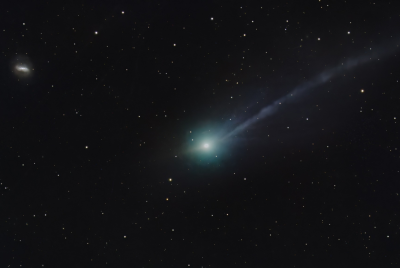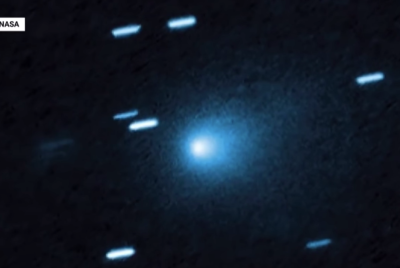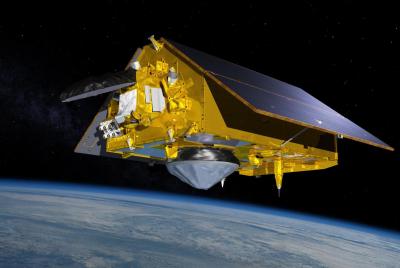2.6 Million Light Years Long Stream Of Hydrogen Gas Puzzles Astronomers

A stream of hydrogen gas 2.6 million light years long, between galaxies 500 million light years away, has astronomers puzzled.
This is the largest-known stream of atomic hydrogen detected so far. It is a million light years longer than a gas tail found in the Virgo cluster by another Arecibo project a few years ago, according to Science Daily.
It is not just the length but the amount of gas in the tail that has excited the astronomer fraternity. Almost half of the gas - 15 billion times the mass of the Sun - is in the bridge. That's more stuff than found in the Milky Way and Andromeda galaxies combined.
The present tail was detected using the William E Gordon Telescope at the Arecibo Observatory, a radio astronomy facility of the US National Science Foundation sited in Puerto Rico.
Gas streams are usually found around clusters of galaxies but not as long as the present one, triggering speculation about what led to such a long tail.
The team will use computer simulations to study the possible reasons for the origin of the stream.
Theories for the gas stream
The large galaxy at one end of the stream possibly passed close to the group of smaller galaxies at the other end in the past, and the gas bridge was drawn out as they moved apart. Or, the large galaxy crashed straight through the middle of the other group, throwing gas out.
A leading theory is that rivers of hydrogen may be ferrying hydrogen through intergalactic space, fuelling star formation. Astronomers have also theorised that larger galaxies could be bullying less-massive companions and drawing off a constant influx of cold hydrogen.
Gravitational interaction between two galaxies has also been offered as the answer to atomic hydrogen tails in space.
The bridge was found in data taken between 2008 and 2011 for the Arecibo Galaxy Environment Survey.
The results are published in a paper in Monthly Notices of the Royal Astronomical Society.
© Copyright IBTimes 2025. All rights reserved.





















